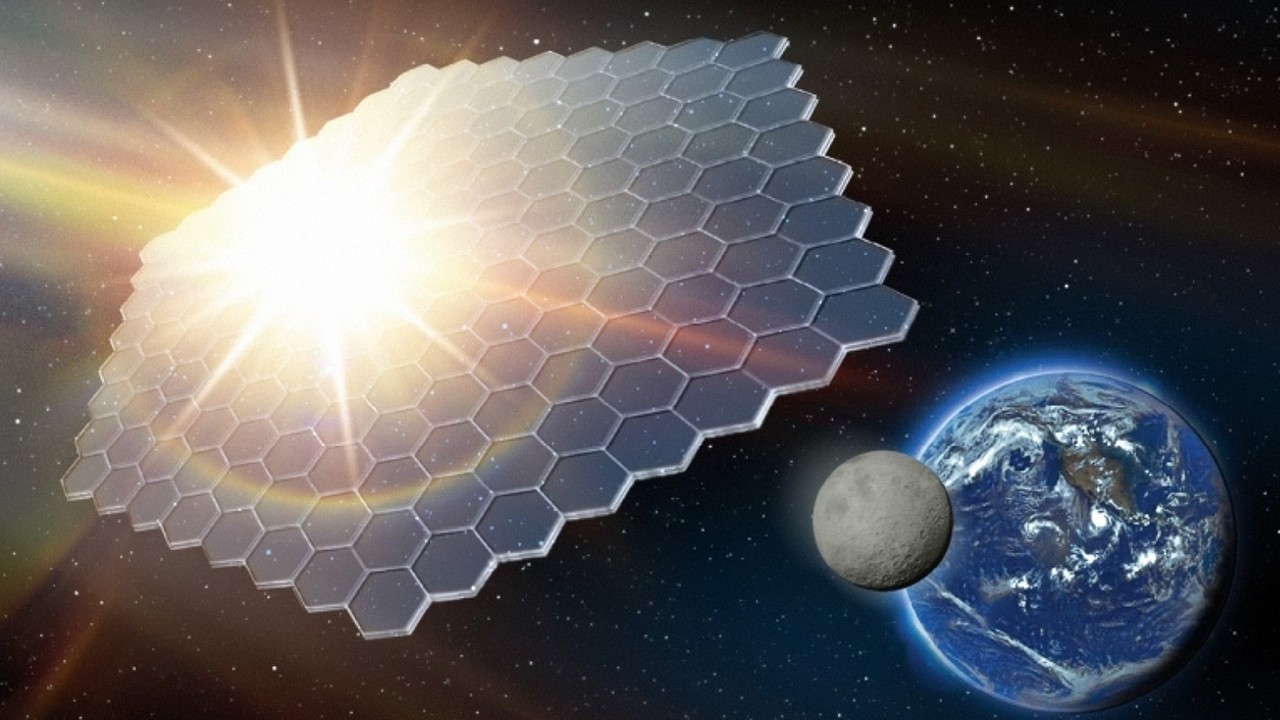In a world where wonders never cease, the field of climate change is the epitome. In an article by SAP (System Applications and Products in Data Processing), researchers are actively theorizing while scientists relentlessly test several ambitious technologies, they claim to offer the potential to address the growing global climate change issues.
Some ideas sound like mere fiction; the science fiction movies I watched in my teenage years are becoming their dream to actualize, such as altering clouds with salt aerosols or putting up large umbrellas in space.
However, these lofty concepts are receiving serious consideration and research, which begs the question: Are these ambitious plans merely the most recent in a long line of wild fantasies, or are they a hopeful step toward saving our planet?
According to a
post by The New York Times, scientists are developing a fantastic idea: sending a massive sunshade to a critical location between Earth and the Sun. If this sunshade is successful, it may cool the Earth by 1.5 degrees Celsius by blocking a tiny portion of solar light.
The idea appears bold, akin to putting a massive beach umbrella in orbit to block off too much sunshine. While scientists are working out the technicalities, they are also considering a fundamentally unanswered question: is this project truly feasible, or is it just a grandiose pipe dream?
Meanwhile, another team is experimenting by introducing sea salt aerosols into the atmosphere. In a
post by The AGU (Advancing Earth and Space Science), The goal of this technique is to bounce sunlight off of Earth and lower global temperatures.
The plan has challenges; early models indicate that the advantages would be small, and there might be negative consequences on ozone levels and air quality. Unexpected effects could threaten the great effort to chill the globe.
Concurrently, powerful greenhouse gas methane emissions are tracked via satellites such as MethaneSAT. Scientists intend to create mitigation measures by more precisely tracking these pollutants. Even so, the issue still stands: will data be sufficient to spur significant change, or will it be insufficient in the face of political and economic inertia?
It is impossible to resist wondering if scientists are following illusions as they keep coming up with these futuristic answers. Are these state-of-the-art technologies realistic, or are they just futuristic, high-tech dreams that may never come true? Are scientists only imagining complex solutions to the problem of climate change while the real issue still exists?
Ultimately, it may seem fittingly ironic that as we race to prevent a global warming disaster, we are resorting to concepts that seem more at home in a science fiction book. Will clouds of sea salt or a sunshade in space really save humanity, or are we just penning the next chapter in our own epic story of hopeless dreams?







